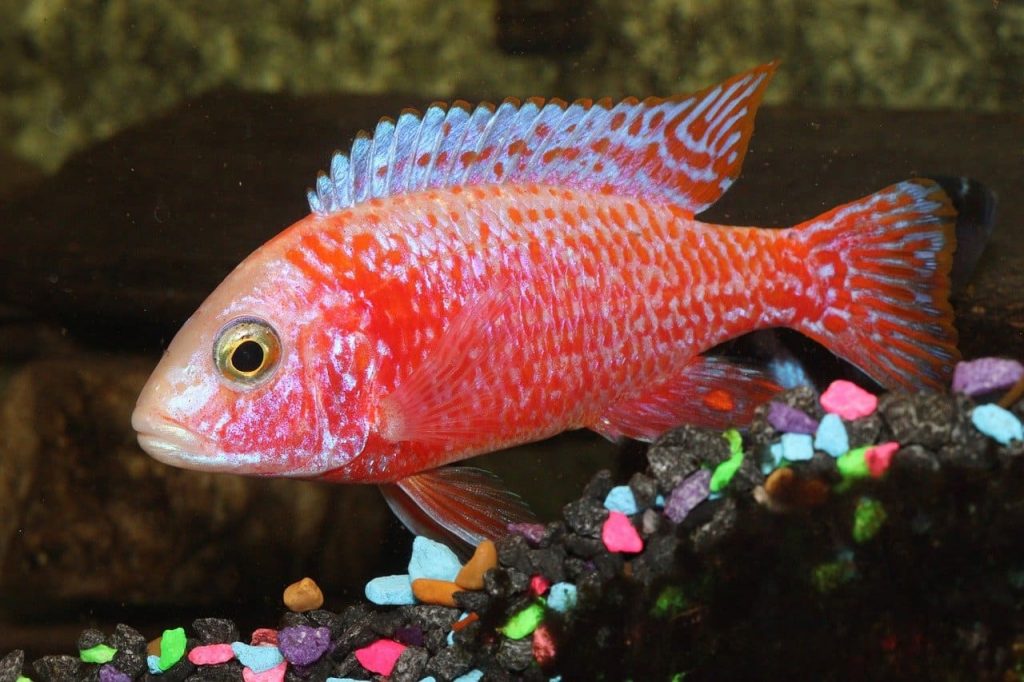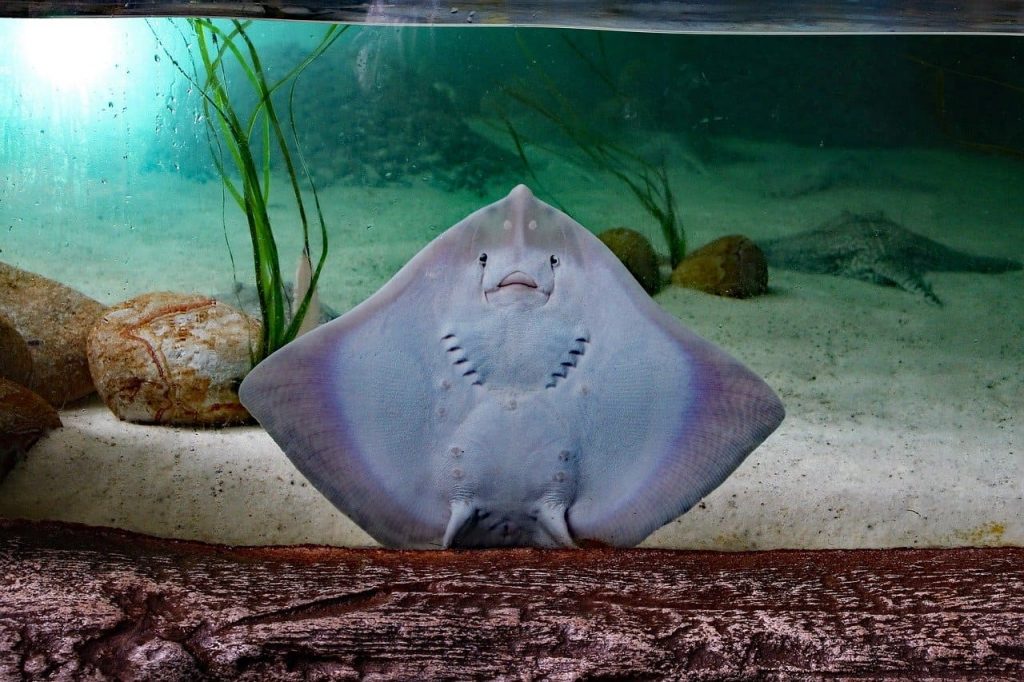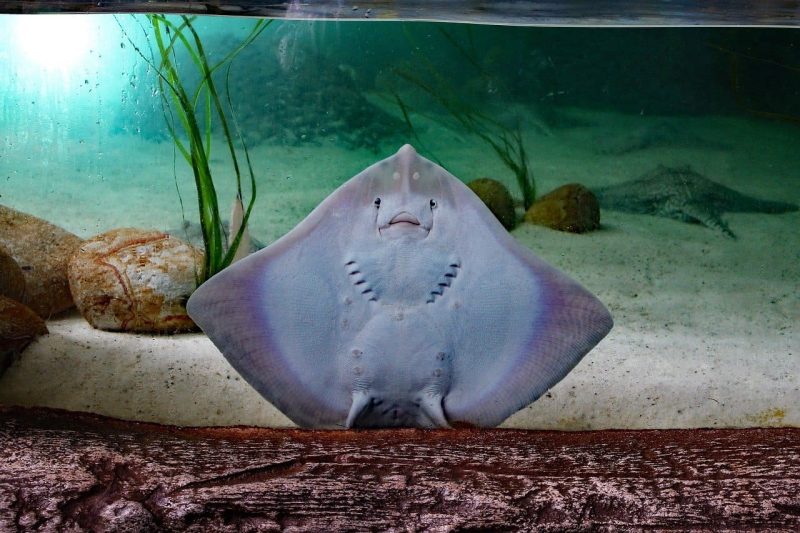Cichlid and stingray fish species can perform simple calculations in numbers ranging from one to five, a study stated. Researchers trained them to perform simple additions and substractions by increasing and decreasing an initial value by one. They can also be trained to detect smaller quantities without even counting. It, however, is not known what these fish need their mathematical abilities for.
The study has been performed by the University of Bonn has shown that cichlids and stingrays can perform simple addition and subtraction in the number range of one to five.
The findings of the study were published in the journal ‘Scientific Reports.

The research team lead by Professor Dr. Vera Schluessel from the Institute of Zoology at the University of Bonn has now shown that both species can even calculate. A detailed statement is given, “We trained the animals to perform simple additions and subtractions,” Schluessel explained. “In doing so, they had to increase or decrease an initial value by one.”
But how do you ask a cichlid for the result of “2+1” or “5-1”? The researchers used a method that other research groups had already successfully used to test the mathematical abilities of bees: They showed the fish a collection of geometric shapes — for example, four squares. If these objects were colored blue, this meant “add one” for the following discrimination. Yellow, on the other hand, meant “subtract one.”
After showing the original stimulus (e.g. four squares), the animals were shown two new pictures — one with five and one with three squares. If they swam to the correct picture (i.e. to the five squares in the “blue” arithmetic task), they were rewarded with food. If they gave the wrong answer, they went away empty-handed. Over time, they learned to associate the blue color with an increase of one in the amount shown at the beginning, and the yellow number with a decrease.
But can the fish apply this knowledge to new tasks? Had they actually internalized the mathematical rule behind the colors? “To check this, we deliberately omitted some calculations during training,” Schluessel explained. “Namely, 3+1 and 3-1. After the learning phase, the animals got to see these two tasks for the first time. But even in those tests, they significantly often chose the correct answer.”
“So the animals had to recognize the number of objects depicted and at the same time infer the calculation rule from their color,” Schluessel said. “They had to keep both in working memory when the original picture was exchanged for the two result pictures. And they had to decide on the correct result afterward. Overall, it’s a feat that requires complex thinking skills.”

To some, it may be surprising because fish don’t have a neocortex — the part of the brain also known as the “cerebral cortex” that’s responsible for complex cognitive tasks in mammals. Moreover, neither species of fish is known to require particularly good numerical abilities in the wild. Other species might pay attention to the strip count of their sexual partners or the number of eggs in their clutches.
“However, this is not known from stingrays and cichlids,” emphasized the zoology professor at the University of Bonn.
She also sees the result of the experiments as confirmation that humans tend to underestimate other species — especially those that do not belong to our immediate family or mammals in general. Moreover, fish are not particularly cute and do not have cuddly fur or plumage. “Accordingly, they are quite far down in our favor — and of little concern when dying in the brutal practices of the commercial fishing industry,” concluded Vera Schluessel.
Source: (ANI)
Related Posts:
- Rare and deadly virus found in ticks in 6 US states: Study
- Study suggests megalodon may not have looked like a…
- Rock found in 2011 confirmed to be hottest rock on…
- 15 Beautiful Orange and Black Birds In The World
- 16 Beautiful Black And White Birds In The World
- 16 Amazing Yellow And Black Birds In The World











